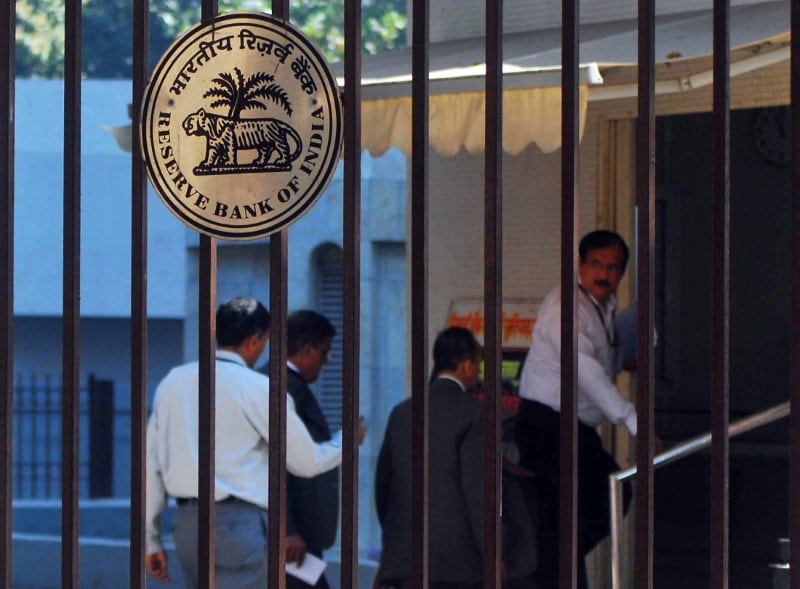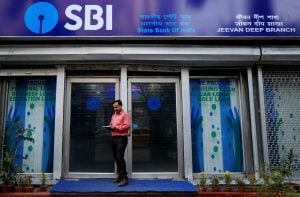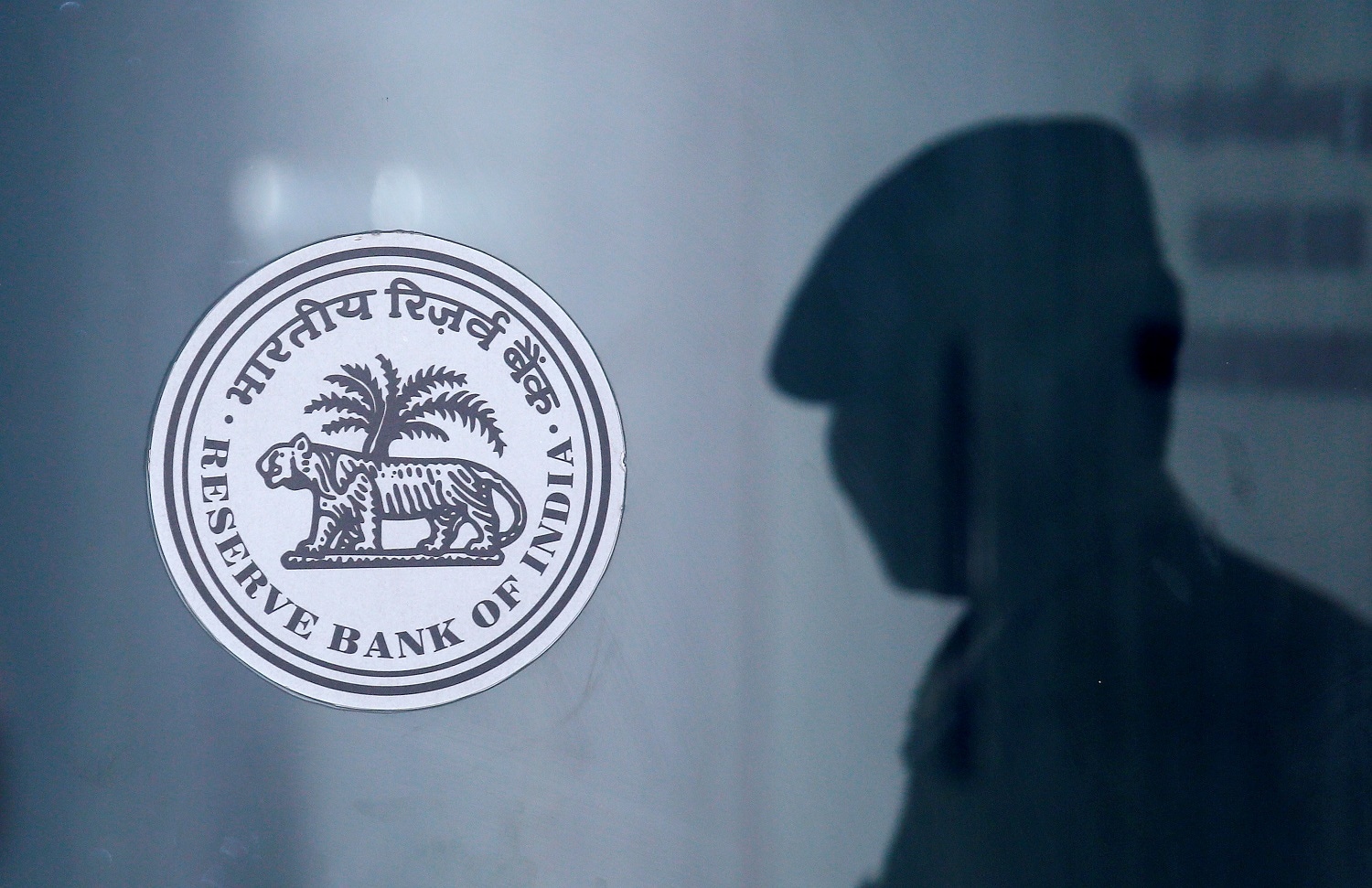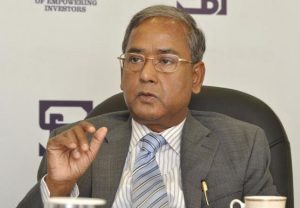Gateway Distripark net profit jumps 84%
Summary
Integrated inter-modal logistics services provider Gateway Distriparks Limited (GDL) on Tuesday reported an 84.40 per cent year-on-year growth in profit after tax (PAT) at Rs 85.53 crore for the quarter ended March 2022. The company had posted a profit of Rs 46.38 crore in the March quarter of FY21, it said in a statement.
[wealthdesk shortname=”Gateway Distri” isinid=”INE079J01017″ bseid=”543489″ nseid=”GATEWAY” sector=”Miscellaneous” exchange=”nse”]
Integrated inter-modal logistics services provider Gateway Distriparks Limited (GDL) on Tuesday reported an 84.40 percent year-on-year growth in profit after tax (PAT) at Rs 85.53 crore for the quarter ended March 2022. The company had posted a profit of Rs 46.38 crore in the March quarter of FY21, it said in a statement.
Total income rose 6.80 percent to Rs 377.04 crore in the quarter under review, compared to Rs 353.11 crore in Q4 FY21. EBIDTA grew 15 percent to Rs 112.88 crore, from Rs 98.14 crore in the year-ago period.
The company handled 4.20 percent more container cargo at 177,382 TEUs in the March quarter of FY 22, as against 170,623 TEUs earlier. For the full fiscal, PAT stood at Rs 224.41 crore as against Rs 94.71 crore in FY21, registering a year-on-on year growth of 136.90 percent.
Also Read: How will Twitter change under Elon Musk? Experts discuss
“The company has shown strong results in FY 2021-22, and we believe that now as a merged entity we will see further growth as there are still operational synergies and efficiencies to be achieved at multiple levels of business in our operations pan India,” said Prem Kishan Gupta, chairman and managing director of the firm.
“In terms of expansion, we have now embarked upon our earlier mentioned plans to add satellite rail terminals in the northern region which will feed into our existing network of rail terminals that are aligned with the Western Dedicated Freight Corridor (DFC). Our company stands to gain directly from the DFC since we had taken an early position on ICDs that are connected to it,” he added.
“We will increase capex this year. Cash flows of the company – we are adding Rs 20 crore every month. We are very confident that we will be able to service the debt. These are term loans, so these will be paid on due dates and company will expand from its cash flows,” he said.
These ICDs have been handling double stacked containers since 2011, and as each section of the corridor becomes operational, the turnaround time of the company’s trains improves further, he noted. GDL also said its net debt as on March 31, 2022 stood at Rs 298.12 crore, as against Rs 373.87 crore on December 31, 2021.
For full interview, watch the accompanying video
Catch all stock market updates here
(With inputs from PTI)

Elon Musk forms several ‘X Holdings’ companies to fund potential Twitter buyout
3 Mins Read
Thursday’s filing dispelled some doubts, though Musk still has work to do. He and his advisers will spend the coming days vetting potential investors for the equity portion of his offer, according to people familiar with the matter









 Listen to the Article
Listen to the Article  Daily Newsletter
Daily Newsletter













